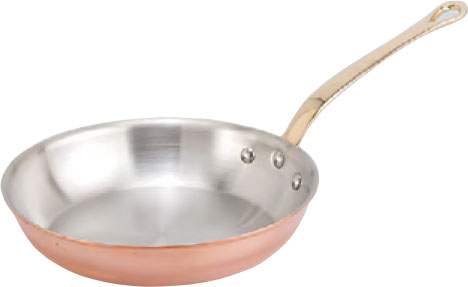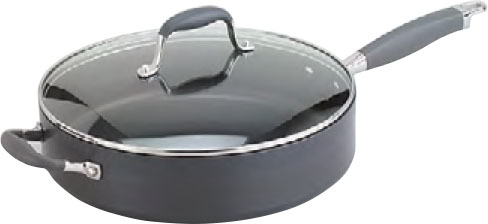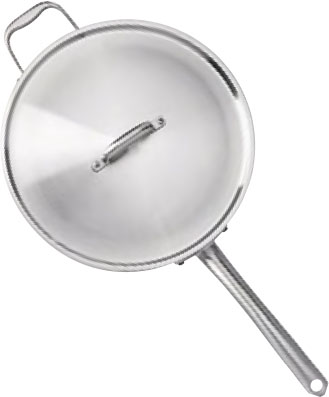
CAST IRON conducts heat very well, and it fortifies food with iron. These pans need regular seasoning to prevent sticking and rusting.
* See here to learn how to clean cast iron.
Good-quality cookware conducts heat quickly and cooks food evenly. The type of metal and thickness of the pan impact its performance. Here are some pros and cons to each of the most common cookware metals:
ALUMINUM is a good conductor of heat and is relatively inexpensive. However, it reacts with acidic and alkaline ingredients, so it can alter the flavor of such foods.

CAST IRON conducts heat very well, and it fortifies food with iron. These pans need regular seasoning to prevent sticking and rusting.
* See here to learn how to clean cast iron.

COPPER is an excellent heat conductor. However, it is expensive, it tarnishes—requiring periodic polishing—and it reacts with acidic ingredients, which is why copper pan interiors are typically lined with tin or stainless steel.

ANODIZED ALUMINUM has the same good qualities as aluminum, but the surface is electrochemically treated so it will not react to acidic ingredients. The surface is nonstick and resistant to scratches.

STAINLESS STEEL is durable and retains its new look for years. It isn’t a great conductor of heat, which is why it often has an aluminum or copper core or bottom.
OTHER THINGS TO CONSIDER Thicker-gauge cookware heats and cooks more evenly than thinner-gauge cookware of the same material. Nonstick surfaces make for easy cleanup and are great for skillets and saute pans, but are not necessary for saucepans and Dutch ovens.